Lotions, moisturizers, creams, body butters and lip balms – general stuff you probably stock up on to get your skin through the winters. Wouldn’t you readily trade them for an all-natural, single-ingredient skin care regime?
Dry winters are particularly hard on one’s skin. And stretch marks, wrinkles and age spots, sun damage, and a variety of other skin conditions demand care year-round.
Skin is the body’s largest organ, and it’s as vulnerable as it is resilient. Coconut oil is one natural product that’s capable of catering to the skin’s numerous and varied needs.
Coconut oil is very light, and thus completely absorbs into the skin and doesn’t leave behind a greasy feel.
The saturated fats present in coconut oil provide long-lasting moisture, which makes the skin silky soft with continual use. The oil boasts anti-inflammatory and antimicrobial properties.
Let go of the toxic skincare products you buy in the market, and use all-natural coconut oil for gorgeous skin.
Contents
- Method 1: Skin Moisturizer
- Method 2: Deep Cleansing
- # Coconut Oil & Almond Flour (Normal-Dry Skin)
- # Coconut Oil and Oatmeal (Oily Skin)
- Method 3: Soft Lips
- Method 4: Under-Eye Cream
- Method 5: Sunburn Protection
- Method 6: Age Spots
- Method 7: Cuticle Oil
- Method 8: Stretch Marks
- Method 9: Facial Wrinkles
- Method 10: Skin Disorders
- Method 11: Body Scrub
- Additional Tips
Method 1: Skin Moisturizer
This homemade moisturizing lotion is made from only one ingredient – virgin coconut oil.
Coconut oil remains a grainy solid below 76° F, which generally melts in the palm of your hand and can be used as a fabulous skin moisturizer.
But the oil tends to turn rock hard during the cold winters and grappling with it may be a headache in the early morning hours as you are rushing to get your day going.
Whipped coconut oil that has the consistency of body butter offers the perfect solution. Whisking the oil disperses any air pockets, preventing it from becoming a hard-packed solid again.
Step 1. Put solid coconut oil in a bowl
- Scrape ½ cup of hard, solidified coconut oil into a mixing bowl. The oil needs to be solid and hard, or else it won’t whip up into the perfect butter consistency.
- You can use a knife to cut up chunks of the oil and transfer it into the mixing bowl.
Step 2. Whip the solid coconut oil
- Whip the solid coconut oil with an electric hand mixer for 6 to 7 minutes.
- You’ll notice that the texture transforms in front of your eyes as the oil becomes almost fluffy and forms soft, raised peaks.
Step 3. Store in a container of your choice
- Spoon the whipped oil into a container of your choice. A wide-mouthed jar will be an optimum choice for ease of application.
Step 4. Apply the lotion to moisturize your skin
- Rub the homemade coconut lotion into your dry skin to moisturize it.
For best results, apply the lotion daily on moist skin after a bath or shower.
Method 2: Deep Cleansing
Being antimicrobial, coconut oil is well-suited for deep skin cleansing. It not only removes the dirt on your face but also inhibits bacterial growth, which helps prevent acne.
Working on the principle of “like dissolves like,” coconut oil can clean out pores clogged with sebum (the skin’s natural oil). This also makes coconut oil a good makeup remover.
Here are two coconut oil-based recipes for different skin types.
# Coconut Oil & Almond Flour (Normal-Dry Skin)
Things you’ll need:
- Almond flour (gentle exfoliant)
- Coconut oil (removes dirt from the skin)
Step 1. Mix almond flour and coconut oil
- Put some almond flour in a small bowl.
- Add enough virgin coconut oil to make a spreadable paste.
Step 2. Blend and deep clean your face with the paste
- Mix the ingredients well.
- Apply the paste on your face, massaging in circular motions.
- Let it sit for about 10 minutes before rinsing it off with warm water.
- Give a final rinse with cold water to constrict the pores and pat dry with a towel.
- Follow with a moisturizer only if your skin feels dry.
Cleanse your skin with coconut oil once or twice weekly.
# Coconut Oil and Oatmeal (Oily Skin)
Things you’ll need:
- Oatmeal (removes dead skin cells, dirt, and impurities)
- Coconut oil (cleans out pores clogged with sebum)
Step 1. Make a paste of oatmeal and coconut oil
- Add virgin coconut oil to oatmeal.
- Mix well to form a spreadable paste.
Step 2. Deep clean your face with the paste
- Massage the paste over your face in gentle circular motions.
- Let it sit for about 10 minutes before rinsing it off with warm water.
- Follow with a cool water rinse to constrict your pores and pat dry with a towel.
Do this once or twice weekly.
You can also use rice flour instead of oatmeal for cleansing oily skin.
Method 3: Soft Lips
Chapped lips are the most unwelcome aspect of winter dryness. Cracked and bloody lips stinging with pain prompt you to spend money on bucket loads of lip balms that seem unable to protect your lips from the weather.
A coconut oil-beeswax lip balm will protect your lips from the harsh winter. It will seal in moisture and promote healing. The best thing about this homemade lip balm is that you can customize the ingredients according to which are best suited to your skin type.
In addition to coconut oil and beeswax, we’ve used honey, vitamin E oil and lavender essential oil in our lip balm. Besides being a humectant, honey also sweetens the lip balm. Vitamin E oil softens dry lips and promotes healing.
Essential oil is optional, but it will add antimicrobial and anti-inflammatory properties to your lip balm. We used lavender, but you can go with your choice of essential oils.
Things you’ll need:
- Virgin coconut oil (moisturizes your lips) – 1 tablespoon
- Beeswax, grated or pastilles (seals in moisture) – 1 tablespoon
- Raw honey (a natural humectant) – 1 teaspoon
- Vitamin E oil (softens dry lips) – 2 capsules
- Lavender essential oil (optional) (contains anti-inflammatory properties) – 10 to 15 drops
Step 1. Melt the beeswax in a double boiler
- Heat 1 tablespoon of grated beeswax or beeswax pastilles in a double boiler to melt it. Always use organic, unprocessed beeswax.
- If you don’t have a double boiler, you can do this in a water bath. Just fill a pan with water and place a heat-resistant container inside it. The water level in the pan should be considerably below the container.
Step 2. Mix in the remaining ingredients
- Pour 1 tablespoon of virgin coconut oil into the double boiler.
- Add 1 teaspoon of honey to it.
- One by one, puncture 2 vitamin E capsules and drain the oil into the boiler.
- Add 10 to 15 drops of lavender essential oil or any other essential oil of your choice. Stir the mixture until the ingredients are thoroughly blended.
Step 3. Stir and store the mixture in a jar
- Stir the mixture until the ingredients are thoroughly blended.
- Pour the mixture promptly into a container of your choice before the lip balm solidifies.
- Choose a container with a wide mouth for ease of application.
Step 4. Apply the homemade lip balm on chapped lips
- Apply a little of this coconut oil lip balm on your lips with your finger whenever they feel chapped and dry to make them soft and nourished.
Method 4: Under-Eye Cream
The area under the eyes is where the first signs of aging start to appear. The skin in this area is very thin and susceptible to the mildest of changes. Coconut oil is light for the care of this delicate area.
Using coconut oil as an under-eye cream can help you deal with bags under the eyes as well as dark circles. Coconut oil can moisturize and soothe the delicate skin.
The skin-brightening properties of coconut oil can also help brighten the dark circles under your eyes.
Combining coconut oil with vitamin E oil makes a superb serum for under-eye care. All it takes is a gentle application at night before you go to bed.
Things you’ll need:
- Virgin coconut oil (helps brighten dark circles) – 1 tablespoon
- Vitamin E oil capsules (excellent serum for under-eye care) – 3 or 4
Step 1. Combine coconut oil and vitamin E oil
- Put 1 tablespoon of melted virgin coconut oil in a small bowl.
- Puncture a vitamin E capsule with a clean pin or a toothpick and drain the oil into the bowl. Do this with 3 or 4 capsules.
- Mix the ingredients thoroughly.
Step 2. Store in a container and apply as needed
- Pour the oil blend into any small container of your choice for storing.
- Lightly massage the under-eye area with this oil blend each night before you go to sleep.
Method 5: Sunburn Protection
You don’t need to be marooned on an island to find out about the sunscreen property of coconut oil. Coconut is a tropical fruit, so it makes sense that coconut oil offers the best natural sun protection.
Sun damage is a serious issue that fuels an entire sunscreen industry. But unlike conventional sunscreen lotions, virgin coconut oil provides sun protection without any harmful additives and their side effects.
Compared to conventional sunscreens, it doesn’t get washed away as easily with swimming or sweating.
The antioxidants present in coconut oil can also prevent sunburn. It is known to block harmful ultraviolet (UV) radiation but has a relatively low SPF of 4 or 5, which makes the frequent application a must.
Single-Step Treatment: Apply virgin coconut oil as sunscreen
- Apply a thin layer of organic virgin coconut oil on your skin for sun protection.
- When beginning to use coconut oil as a sunscreen, start with a small window of sun exposure, say 15 to 20 minutes a day. For the next 2 weeks, increase the sun exposure 10 minutes each day to gradually adapt your body to this new sunscreen.
- Reapply the coconut oil every 1 to 2 hours for complete sun protection.
This coconut oil sunscreen will give you approximately 45 minutes of protection.
Method 6: Age Spots
Coconut oil also makes an effective age-spot remedy. When applied regularly, it not only protects the skin from sun damage to help prevent age spots.
Age spots, also called liver spots or solar lentigines, occur when excess sun exposure causes hyperpigmentation in the skin. Exposure to sun rays and pollution creates free radicals in the body that are known to cause skin damage.
The skin healing properties of coconut oil come into the play when dealing with age spots. The antioxidants present in the oil prevent free-radical damage and further development of age spots.
Single-Step Treatment: Apply virgin coconut oil to fade age spots
- Clean your face and apply virgin coconut oil on the age spots.
- Massage the area lightly until the oil absorbs completely into the skin.
Do this each night before going to bed for a few months for the best results.
Method 7: Cuticle Oil
Hangnails and dry cuticles are another painful features of the dry winter season. Dry cuticles are often marked by parched and rough skin near the nail area, which often manifests into painful hangnails.
Coconut oil is one of the best natural cuticle oils that you can find. It is an inexpensive alternative to those costly cuticle creams.
When included in your regular nail care regime, coconut oil can single-handedly make your cuticles healthy, soft and nourished.
Single-Step Treatment: Use virgin coconut oil as a natural cuticle oil
- Wash your hands with warm water and pat them dry.
- Dip a cotton ball in virgin coconut oil and apply a small amount over the cuticles.
- Lightly massage the cuticles to work the oil into the skin.
Repeat once or twice daily, as needed.
Method 8: Stretch Marks
Rapid weight loss or gain can leave you with stretch marks. The biggest concern of expectant moms, stretch marks can be tackled with regular use of coconut oil.
Coconut oil moisturizes the skin. It promotes healing and softens the appearance of stretch marks.
This remedy works best on fresh stretch marks, so get to it the moment you notice them developing. Coconut oil is especially beneficial for stretch marks that appear due to puberty-induced body and weight changes.
While you cannot entirely prevent pregnancy-induced stretch marks, coconut oil can make dealing with them fairly easy, especially when applied early in the pregnancy.
Single-Step Treatment: Apply coconut oil at the first sign of stretch marks
- Massage the affected skin with a little coconut oil for about 10 to 15 minutes.
Repeat once or twice daily.
Method 9: Facial Wrinkles
If you want to prevent wrinkles on your face, coconut oil is an all-natural remedy that is effective, safe, and free of side effects.
Coconut oil not only deeply moisturizes the skin. It will promote skin regeneration that helps diminish wrinkles over a period of regular use.
Coconut oil won’t give you the fast-track results advertised by the leading brands of anti-aging cosmetics, but it will surely provide you with long-lasting and reliable results without any repercussions.
Single-Step Treatment: Use virgin coconut oil to reduce wrinkles
- Make sure that your face is clean and free of makeup.
- Apply coconut oil on any wrinkles on your face.
- Lightly massage the areas so that the oil absorbs into the skin.
Repeat the remedy every night.
Method 10: Skin Disorders
The dermatological benefits of coconut oil are not limited to cosmetic issues, but also extend to the treatment of skin disorders. Since coconut oil is well-suited to most skin types, it can be used to treat symptoms associated with a variety of skin conditions.
Being antimicrobial, it can be used to treat fungal infections and conditions like athlete’s foot. Combine that with its anti-inflammatory properties, and you’ve got a great acne remedy for a variety of skin types.
It’s extremely soothing on the skin and can be used to tackle cold sores, a variety of rashes, cradle cap as well as bites, stings, cuts and mild burns.
Single-Step Treatment: Use virgin coconut oil to treat skin ailments
- Generally, coconut oil can be topically applied for relief from most skin conditions. You may need to modify the application slightly to suit your condition.
- If possible, rinse the skin with water and pat dry before applying the oil to promote absorption into the skin and produce better results.
- Always apply a little of the oil at a time, so that it absorbs completely into the skin.
Method 11: Body Scrub
Exfoliation is the most important activity of any skincare routine. A well-exfoliated skin absorbs moisture and nutrients more readily than skin with dead cells accumulated on the surface.
Exfoliation cleanses and unclogs your pores, allowing your skin to breathe. Ideally, exfoliation and moisturizing should go hand in hand for a healthy skincare routine. Simple sugar and coconut oil scrub is just the way to do that.
You can personalize your coconut oil and sugar scrub with essential oils of your choice. We used orange, essential oil. You can also use brown sugar in this recipe.
Things you’ll need:
- Virgin coconut oil (moisturizes and nourishes your skin) – ½ cup
- Cane sugar (removes dead skin cells) – ¼ cup
- Orange essential oil (uplifts your mood) – 10 to 15 drops
Step 1. Combine cane sugar and coconut oil
- Start with ¼ cup of white cane sugar in a bowl.
- Pour ½ cup of virgin coconut into the bowl.
- Mix the ingredients thoroughly.
Step 2. Add in essential oil and exfoliate your skin with the scrub
- Add 10 to 15 drops of orange essential oil to it.
- Blend it well.
- Apply the sugar scrub, gently massaging it on your skin.
- Let it sit for 10 to 15 minutes.
- Rinse it off with cool water and pat dry with a towel.
- If you have extremely dry skin, you may follow it with a light moisturizer.
Use this remedy once a week for softer and flawless skin.
Additional Tips
- Coconut oil suits most skin types, but do a spot test before going through any of the given remedies to be sure that you’re not allergic to it.
- Including vitamin E oil in coconut oil recipes can add shelf life to them. So, add vitamin E oil to the recipes that you’ll be using over an extended period of time.
- Don’t use a power blender for whipping coconut oil, as the heat will start melting the oil and prevent it from getting properly whipped.
- While deep cleansing, cover your face with a warm, moist towel for 10 to 15 minutes after applying the almond/oatmeal and coconut oil paste.
- You can give your lip balm a natural tint with beetroot powder, turmeric, cinnamon or cocoa powder.
- You can make your lip balm firmer or softer by adjusting the proportions of beeswax and oil. The more beeswax you put in, the harder your lip balm will be.
- Harder lip balms can be stored in old lipstick cases for ease of application.
- Coconut oil is effective by itself as a sunscreen, but you can add raspberry seed oil and carrot seed oil for an extra kick.
Summary of How to Use Coconut Oil for Gorgeous Skin
Download this infographic.



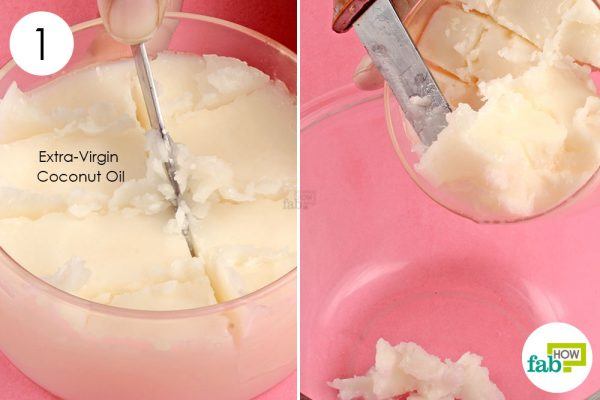
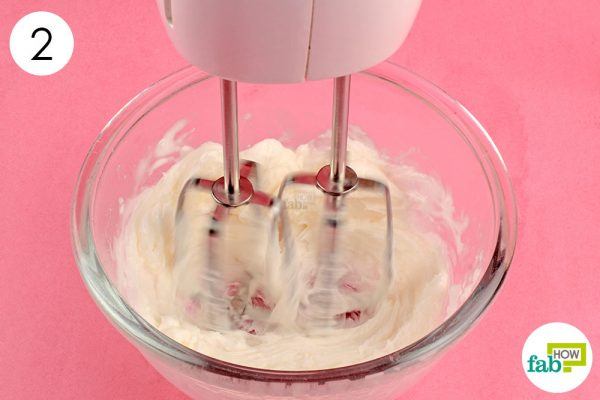
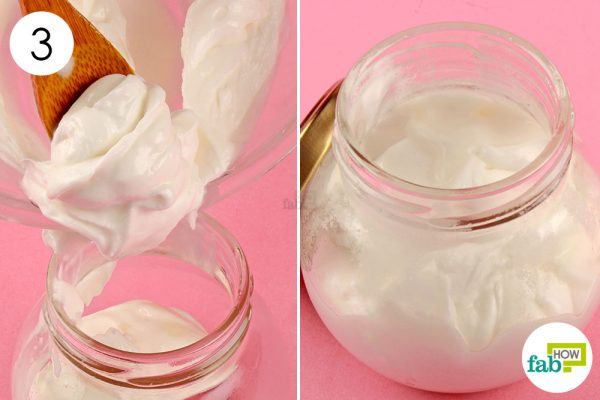



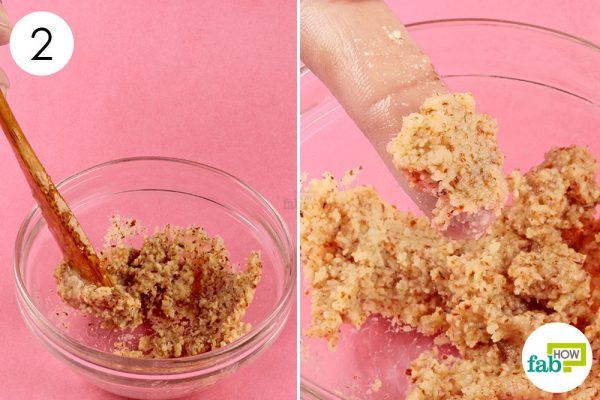



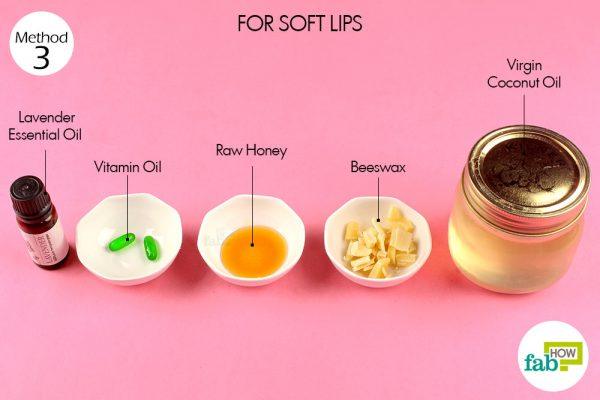

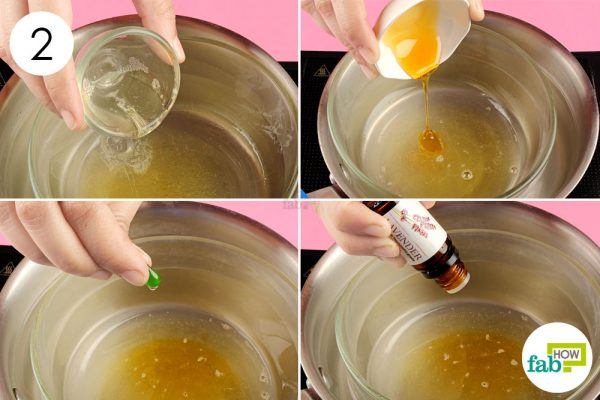
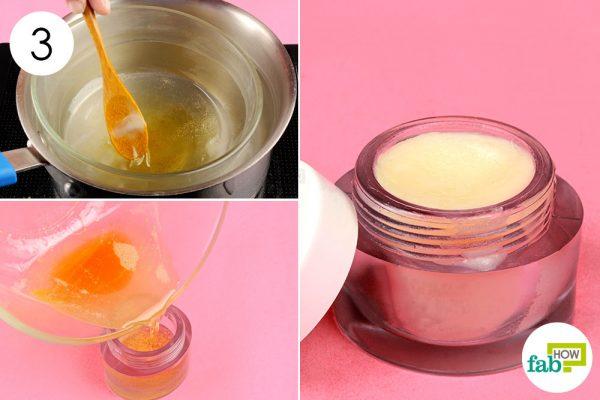
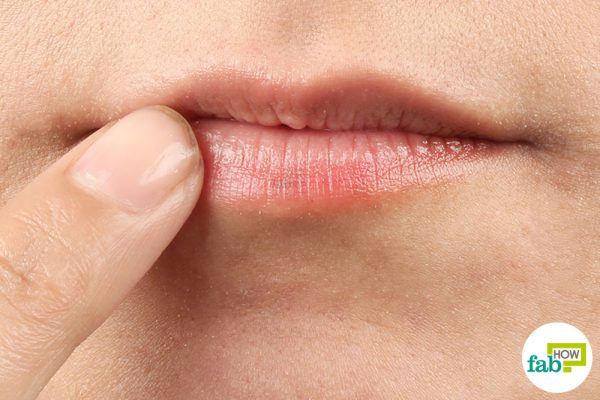

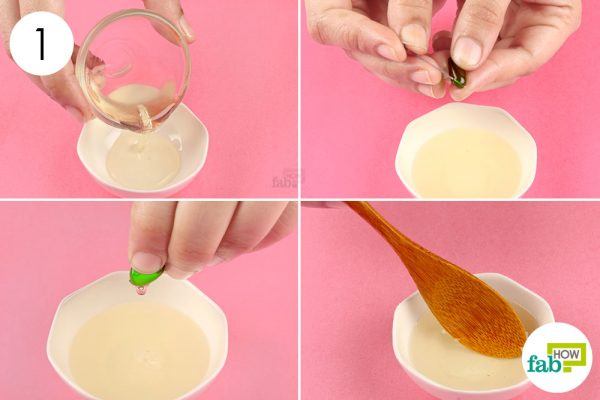

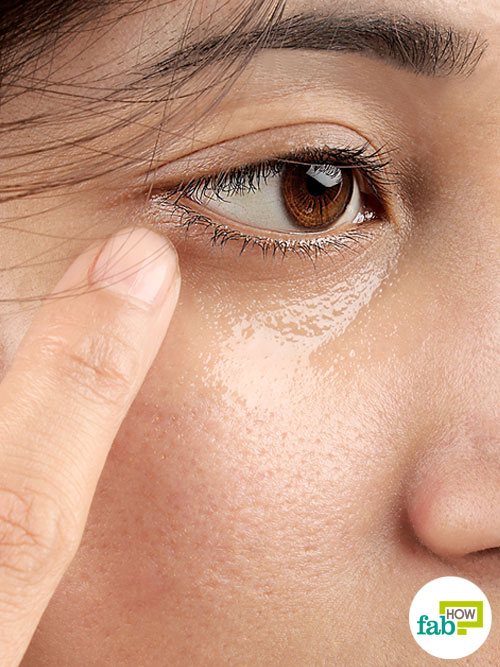
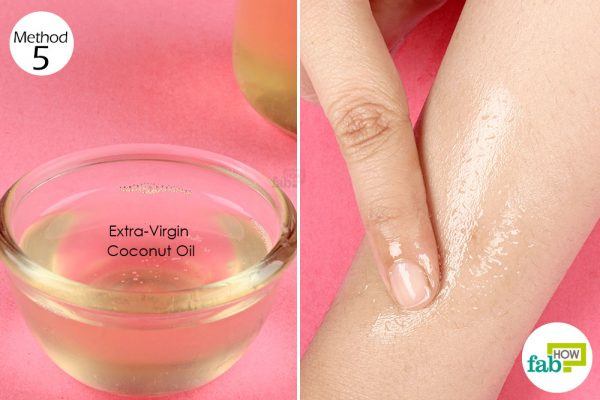

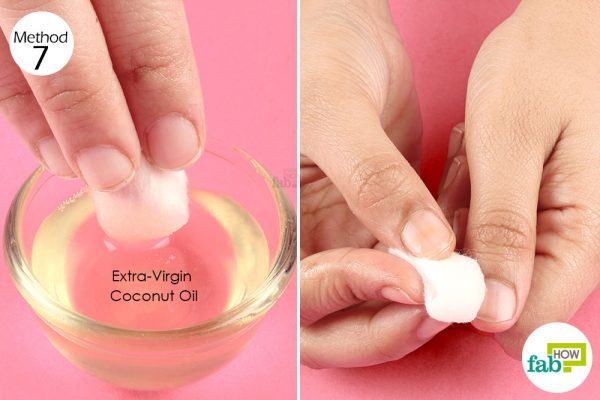

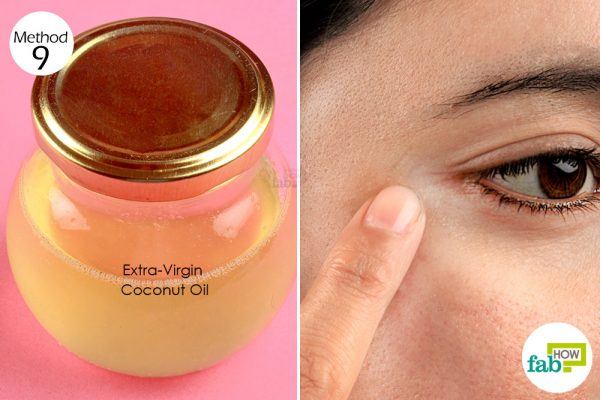


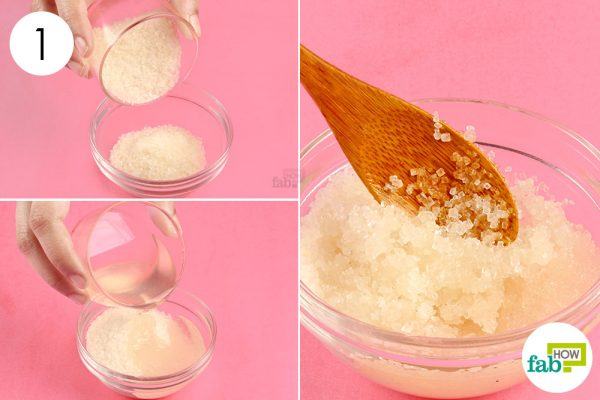

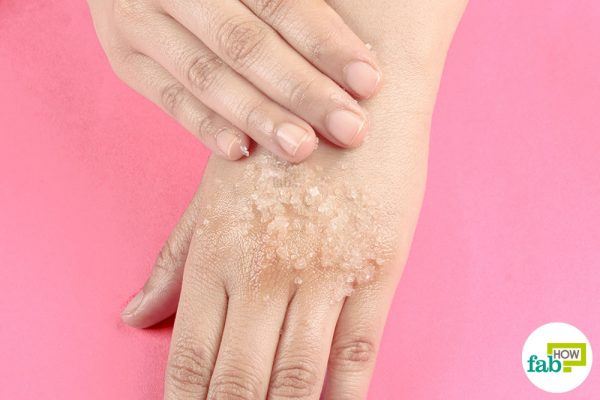
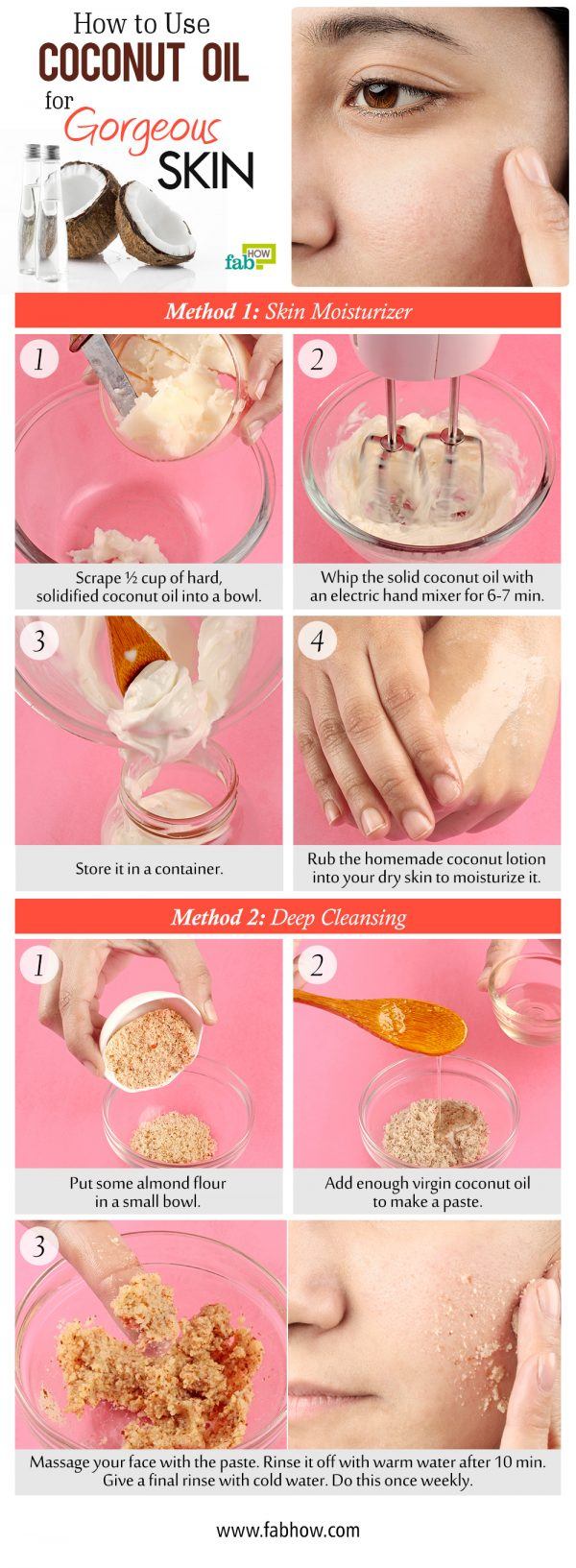
Great,useful tips
Informative information you got here
Helpful